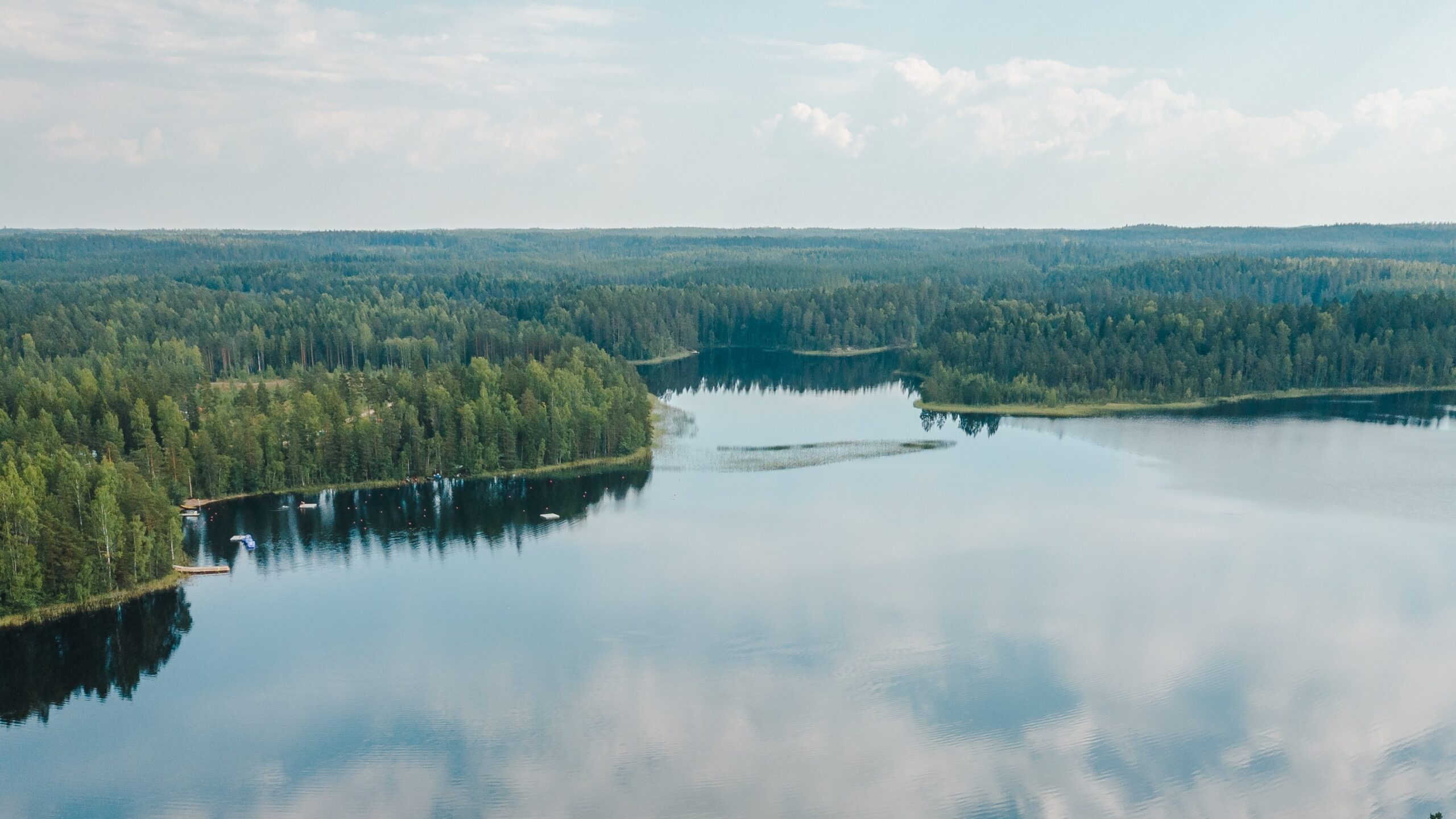The war initiated by Russia in Ukraine has rapidly shifted attitudes in Europe, with a growing emphasis on European self-sufficiency and defence capabilities. As the geopolitical situation evolves, some investors believe that defending European values and democracy also requires support for the arms and defence industry, leading them to adjust their investment policies more leniently. On the other hand, some maintain that a weapon is a weapon, regardless of who uses it, and argue that an informed investor should avoid investments in the arms and defence industry or companies developing components for it. It is important to note that the decision to invest in the arms and defence industry is a matter of individual interpretation, risk tolerance, and values.
Finland’s NATO membership has opened up new opportunities for companies operating in the sector. Finland’s high technological expertise, combined with closer cooperation with other NATO countries, provides increasing opportunities for the development and commercialisation of defence technologies. As a result, this topic has become relevant to an increasing number of investors who may have previously categorically excluded all investments related to the arms and defence industry.
Dual-use Items Present Challenging Decisions
Dual-use items – products, software, and technologies that can be used for both civilian and military purposes – are increasingly on the agenda of many investors. Many new technologies can be used not only in civilian applications but also in defence and warfare. Good examples include facial recognition technology or Finnish VC-backed startup Iceye’s satellite technology, which provides real-time radar imagery that the Ukrainian army has successfully used to destroy enemy tanks but also has numerous civilian applications.
Determining when technology is intended for use in the defence industry or whether a company’s primary business is related to these industries is not straightforward. The importance of supply chains and transparency is highlighted in this determination. In the future, each investor will need to be aware of their supply chains and the involved companies, in light of sustainability reporting regulations and due diligence obligations.
Sustainability Risks in Investing in the Arms and Defence Industry
States have sought to secure the development and financing of the defence industry, and, for example, the EU updated its regulation on the control of dual-use technology exports in the autumn of 2021. The regulation aims to restrict the use of technologies for harmful human rights violations or against the European Union.
Investing in the defence industry and dual-use technologies entails sustainability risks. Identifying and managing these risks requires expertise and is crucial to the success of investments. How can we ensure where the technologies ultimately end up and who has control over them? Does the geopolitical situation and the escalating arms race among states create unforeseen regulatory risks affecting the sale and marketing of products and services? Can buyers be classified as desirable or undesirable, and what are the equality-related risks associated with this classification? Even if it could be ensured that the initial purchaser is appropriate, how do we ensure that the technologies do not end up in the wrong hands?
Ultimately, these risks are managed similarly to other investment risks. This involves thorough due diligence, continuous monitoring of the situation, and assessing the risk-return ratio.
Finnish Venture Capital Association, Finsif, and Borenius Attorneys Ltd organised an event on October 25, bringing together companies in the field, the Ministry of Defence, and investors to discuss various perspectives. The event was considered an important opening for the discussion and offered new insights into the multifaceted topic.
The arms and defence industry offers an interesting subject to explore general sustainable investment trends. Many current issues come to the fore in this context, such as the geopolitical situation, the lack of easy and one-size-fits-all solutions, and the emphasis on individual thinking and perspective.
What is certain is that the pace of change will continue to accelerate. It is crucial to ensure that Europe maintains high technological expertise and self-sufficiency in matters related to defence and security.
Suvi Collin
FVCA, Head of Legal & ESG
suvi.collin@fvca.fi
+358 50 560 3532

